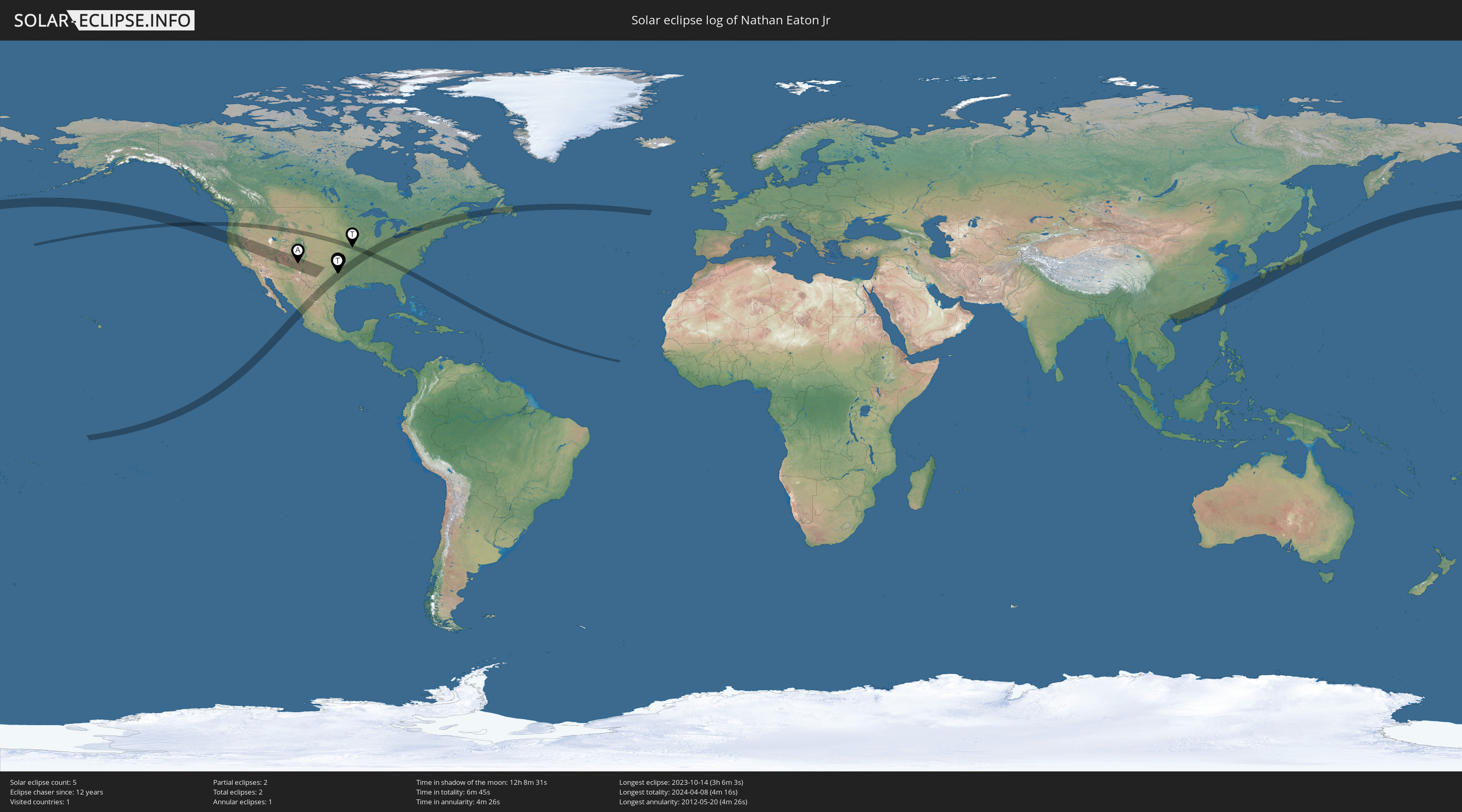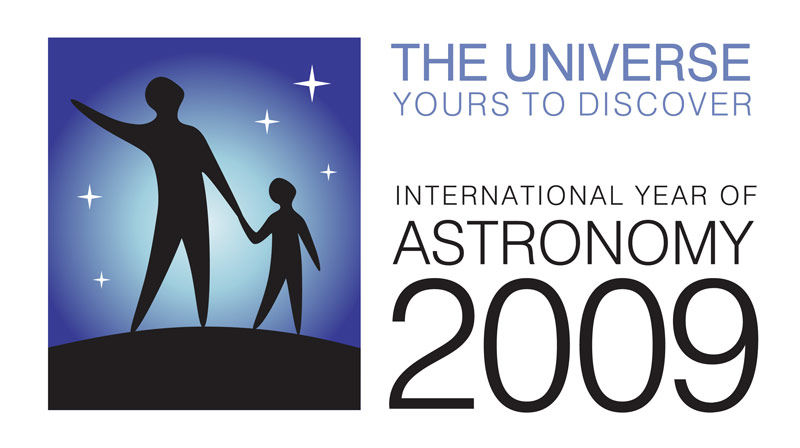There are actually a number of parallels...
Unfortunately, there's at least one more thing they both have in common: being at the mercy of the weather. Just as you can't sail if there isn't enough (or there is too much) wind, earthbound astronomers can't observe if it's too cloudy. Yes, I know advances in technology have changed that to a degree - I've written here about using Slooh to image/observe on nights when I can't get my own scope out because of the weather - but even remote observing sites are still at the mercy of local weather conditions.
This subject came to mind after our trip last week to Yosemite National Park and Sequoia and Kings Canyon National Park. I had hoped to take advantage of the lack of light pollution to experiment with some star trail photography using my Nikon D40, possibly even getting some starlit shots of some of the icons of Yosemite such as El Capitan or Half Dome.
As it turned out, it just wasn't to be. The first couple of nights we'd had long, long days in valley and because the Park Service had evening programs scheduled for later in the week we turned in early each night. We did try catching a glimpse of the sky from our cabin but looking up through the trees all we could see was Ursa Major, almost straight over head. Unfortunately, over the course of the remainder of the trip there were thunderstorms almost daily. Never a lot of rain - usually about an hour or so a day - but each night it was so cloudy there was nothing to see.
- Both can be experienced simply and casually: a relaxing day sail where you wander where the breeze takes you and the laziness of laying out under the stars tracing the constellations and watching meteors flash across the sky.
- Or, as a highly technical and challenging past time or way of life: for sailing, everything from local circuit racing to the Olympics, America's Cup and round-the-world races and, for astronomy, challenges such as comet and NEO hunting, planetary and deep sky imaging using advanced scopes, mounts and cameras and, of course, professional astronomy. At this end of the scale, sailing and astronomy have something else in common: both can be incredibly expensive.
- One thing shared by both astronomy and sailing is the opportunity to get a little closer to nature, to experience a sense of awe at the majesty of the world around us and the universe beyond.
Unfortunately, there's at least one more thing they both have in common: being at the mercy of the weather. Just as you can't sail if there isn't enough (or there is too much) wind, earthbound astronomers can't observe if it's too cloudy. Yes, I know advances in technology have changed that to a degree - I've written here about using Slooh to image/observe on nights when I can't get my own scope out because of the weather - but even remote observing sites are still at the mercy of local weather conditions.
This subject came to mind after our trip last week to Yosemite National Park and Sequoia and Kings Canyon National Park. I had hoped to take advantage of the lack of light pollution to experiment with some star trail photography using my Nikon D40, possibly even getting some starlit shots of some of the icons of Yosemite such as El Capitan or Half Dome.
As it turned out, it just wasn't to be. The first couple of nights we'd had long, long days in valley and because the Park Service had evening programs scheduled for later in the week we turned in early each night. We did try catching a glimpse of the sky from our cabin but looking up through the trees all we could see was Ursa Major, almost straight over head. Unfortunately, over the course of the remainder of the trip there were thunderstorms almost daily. Never a lot of rain - usually about an hour or so a day - but each night it was so cloudy there was nothing to see.
Most amateur astronomers I know are as pragmatic about the weather as most of the sailors I know... being so dependent on the weather, you get used to enjoying clear weather when you have it and finding something else to do when you don't. So, although we didn't come home with any star trail shots, we did come up with a few shots like this one of a beautiful sun pillar (read more about them here). I won't say I wasn't disappointed that we didn't get to spend time under the sky during this trip but it passed quickly. After all, now I have another reason to return...






















 The journey continues beyond 2009... check it out!
The journey continues beyond 2009... check it out!

No comments:
Post a Comment